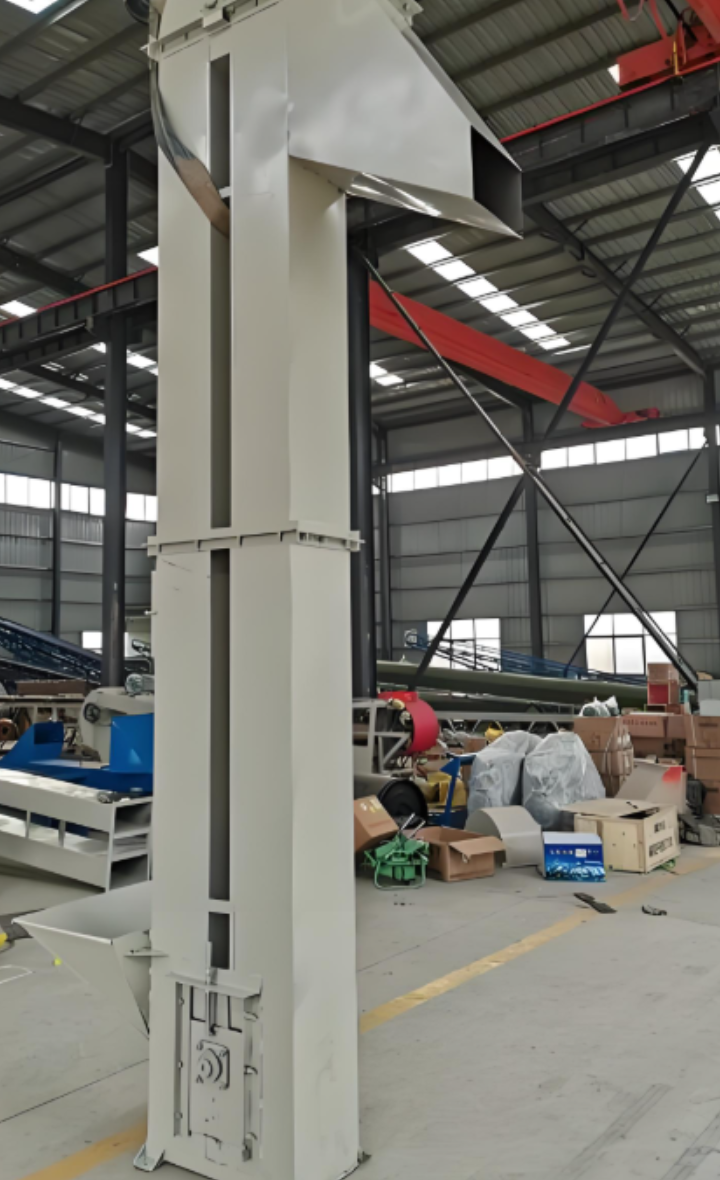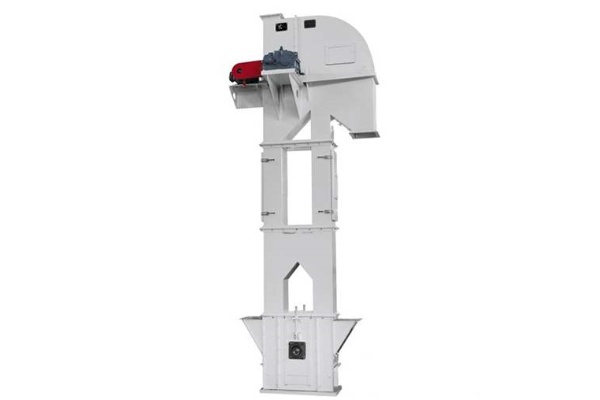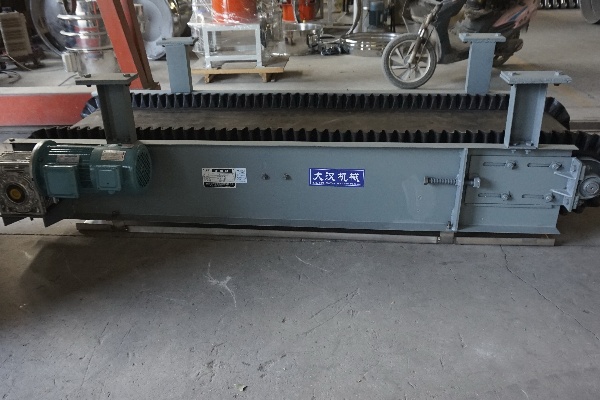Plastic Particles Bucket Elevator Manufacturers
Saturday December-06 2025 16:03:46
Plastic Particles Bucket Elevator Manufacturers show significant differences in product design, manufacturing process and service mode: some manufacturers improve the adaptability to special-shaped plastic particles by improving the shape of the hopper and the chain drive system; others focus on material upgrades, using high-wear-resistant alloys or food-grade stainless steel to cope with corrosive materials or high hygiene standards. In addition, manufacturers can also adjust the equipment height, conveying capacity and explosion-proof configuration according to the customer's on-site working conditions to provide customized products.
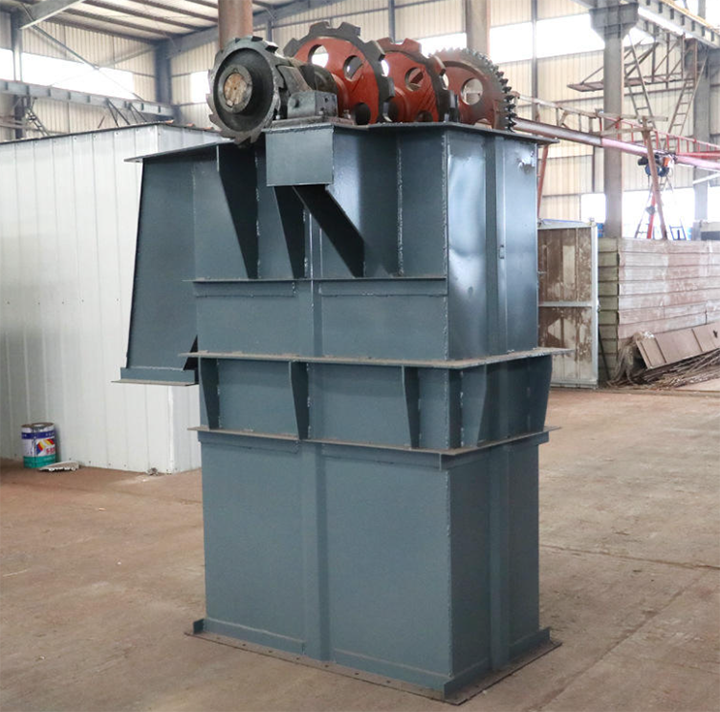
What are the types of Plastic Particles Bucket Elevator?
Plastic Particles Bucket Elevator can be classified according to a variety of factors, including unloading method, traction component, hopper type and application scenario.
Belt bucket elevator
Features: Use high-strength rubber belt or composite belt as the traction component, and the bucket is bolted to the belt.
Advantages: Smooth operation, low noise, suitable for lightweight, non-abrasive or hygienic materials such as plastic particles, food, grains, etc. Due to the elasticity of the belt, it has a certain buffering effect on impact.
Disadvantages: Not suitable for high temperature environment or very heavy materials.
Chain bucket elevator
Features: Use single or double chain as traction member, and the bucket is fixed on the chain.
Advantages: Strong load-bearing capacity, wear resistance, suitable for conveying heavy, abrasive or high-temperature materials, such as ore, cement, etc.
Disadvantages: The operating noise is relatively large.
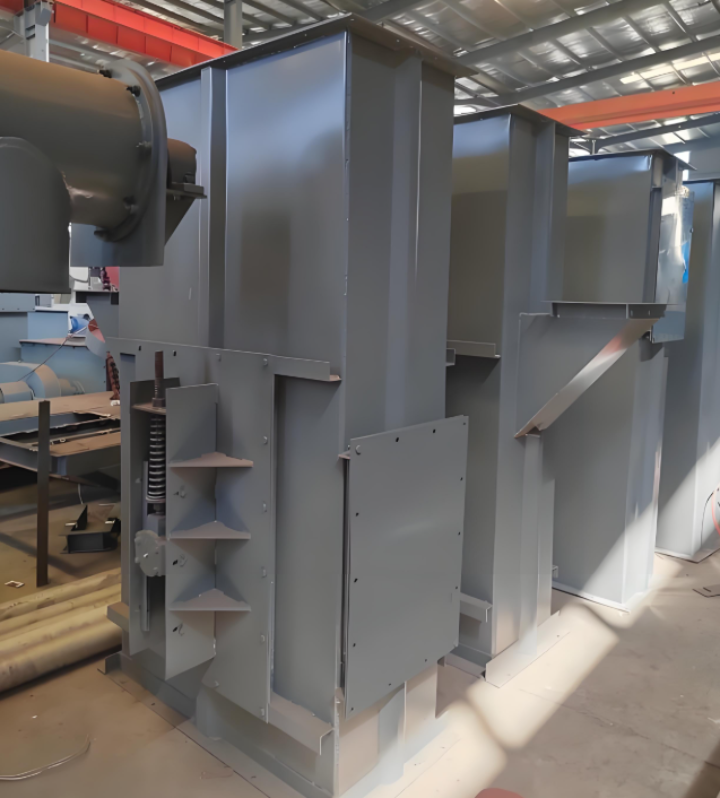
Plastic bucket elevator
Features: The bucket is made of engineering plastics such as HDPE, nylon, polyurethane, etc.
Advantages: Light weight, corrosion resistance, no sparks, less wear on plastic particles, easy to clean, suitable for food grade or explosion-proof requirements. This is an ideal choice for conveying plastic particles.
Disadvantages: Limited load-bearing capacity, not suitable for high temperature environment.
Metal bucket elevator
Features: The bucket is made of metal materials such as carbon steel and stainless steel.
Advantages: High strength, wear resistance, suitable for heavy loads and abrasive materials.
Disadvantages: Heavy weight, may cause wear on plastic particles, and may generate sparks in some environments. It is usually selected when other heavy materials need to be transported, not specifically for plastic particles.
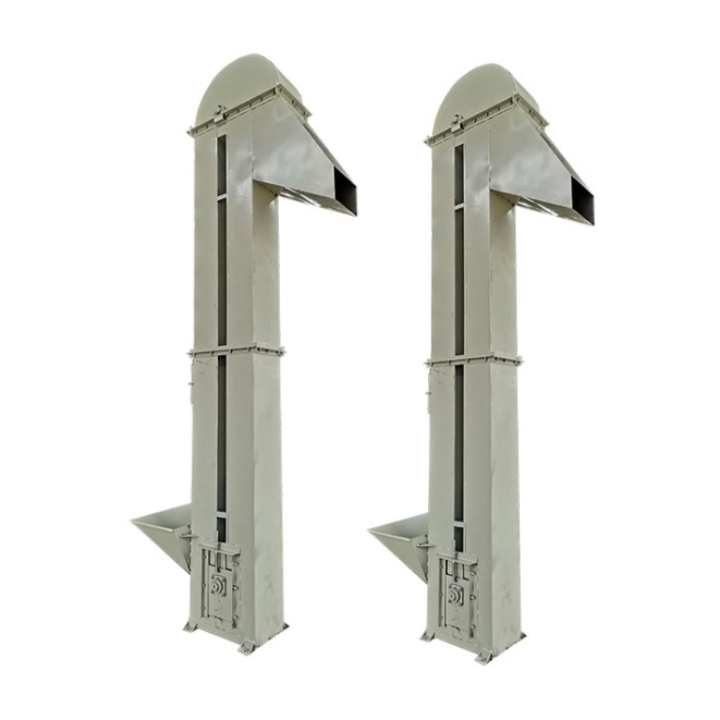
How does the Plastic Particles Bucket Elevator work?
The Plastic Particles Bucket Elevator is a mechanical device that uses a series of hoppers fixed to a traction member (usually a conveyor belt or chain) to lift loose plastic particles upward. Its working principle can be broken down into the following key steps:
Feeding: Plastic particles enter from the feed port at the bottom or side of the elevator. The feed port is usually designed to allow the material to flow smoothly into the hopper without causing blockage or overflow.
Scooping and lifting: When the traction member (conveyor belt or chain) is driven by the bottom drive wheel or roller, the hopper fixed to it will pass through the feed area and automatically scoop up the loose plastic particles. As the traction member moves upward, the hopper filled with plastic particles is also lifted to the top of the device.
Discharging: When the hopper reaches the top of the elevator, the traction member will bypass the top drive wheel or roller. Due to gravity, centrifugal force (for high-speed elevators) or bucket design (for slow or inclined discharge elevators), the plastic particles in the bucket will tilt or flip, thereby unloading the material into the discharge port. The discharge port is usually connected to the next processing link, such as a silo, packaging machine or another conveyor line.
Return and circulation: The empty bucket will run down with the traction member and return to the bottom of the elevator, ready to scoop up the material again and start the next lifting cycle. The whole process is continuous and automated.
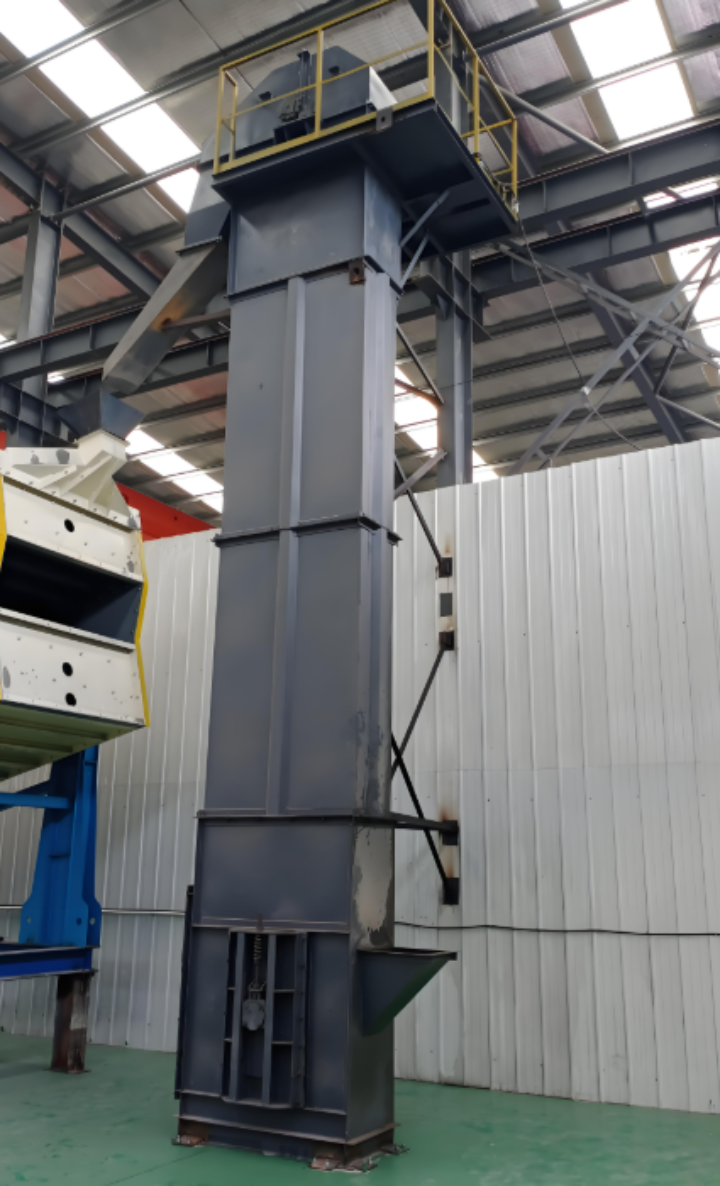
What are the advantages of Plastic Particles Bucket Elevator?
The Plastic Particles Bucket Elevator has several advantages in conveying plastic particles, making it an ideal choice for many industrial applications. Here are its main advantages:
High vertical conveying capacity and space saving: Bucket elevators can achieve vertical conveying, which greatly saves valuable floor space. This is especially beneficial for industrial facilities with limited plant area or the need to maximize vertical space utilization.
Closed conveying: Bucket elevators usually use a closed system, which can effectively prevent material loss caused by spillage and dust during the conveying process of plastic particles.
Good protection for materials: Plastic particles, especially recycled particles or particles of certain special specifications, may be sensitive to breakage. Bucket elevators usually run smoothly and can gently lift materials, reduce particle breakage and deformation, and maintain the integrity of materials.
Strong corrosion resistance: The plastic buckets used in plastic bucket elevators have excellent corrosion resistance, which makes them very suitable for handling some potentially corrosive plastic additives or for use in humid environments.
Light weight and reduced wear: Plastic buckets are much lighter than metal buckets, which not only simplifies the installation and maintenance process, but also reduces the overall load of the lifting system, thereby reducing equipment wear and helping to extend the service life of the equipment.
Non-sparking characteristics and improved safety: Plastic buckets have non-sparking characteristics, which can significantly improve operational safety when handling flammable dust or conveying plastic particles in potentially explosive environments.
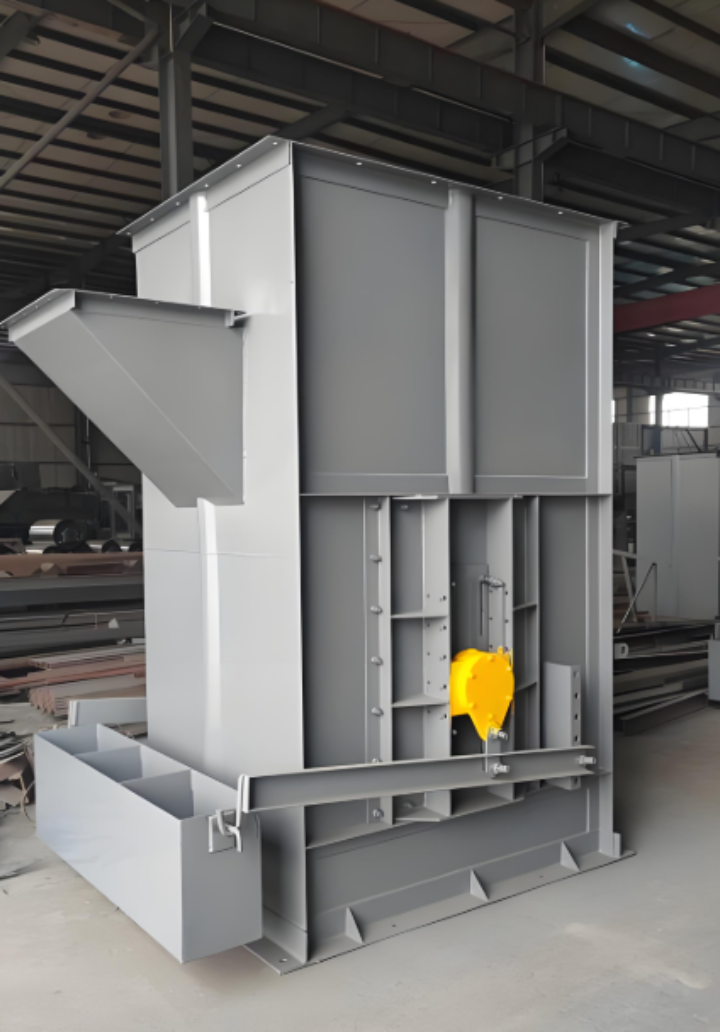
Plastic Particles Bucket Elevator Manufacturers offer different options in hopper materials, traction component types, drive system configurations, and control logic. The solutions provided by different manufacturers vary significantly in terms of the physical properties of specific plastic particles, conveying environment restrictions, or adaptability when integrated into existing production lines. The key to choosing a suitable Plastic Particles Bucket Elevator Manufacturer is to have a deep understanding of the specific characteristics of its product line and its customized service capabilities.
